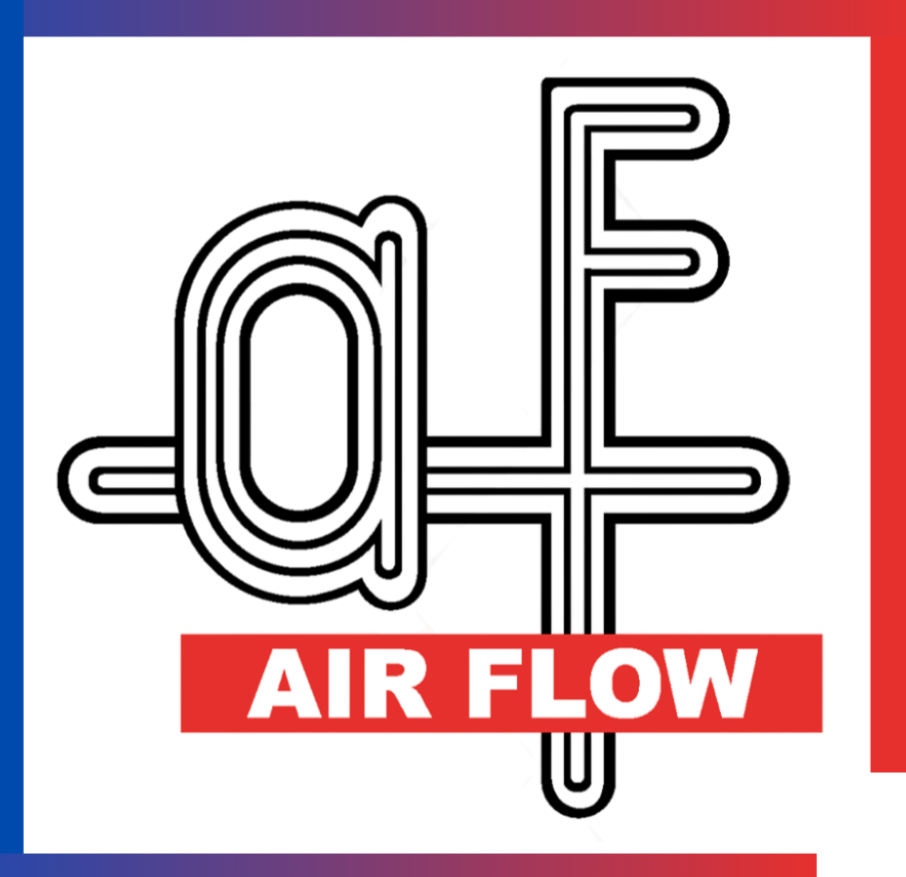The Critical Role of Ventilation in Basement Car Park Systems
Have you ever entered an underground car park and been surrounded by stale, exhaust-laden air? It is an experience many of us share. But that uncomfortable feeling is more than just a minor problem; it is a signal of a potentially major safety issue. The unseen, often-ignored element in this situation is the car park ventilation design. This blog will break down the process of car park ventilation and explain why it is critically important for a) clean air and b) more importantly, lifesaving in the event of a fire.
1. What is a Car Park Ventilation System?
In basic terms, a car park ventilation system is a mechanical setup designed to continuously move and change the air in a closed parking structure. The system does not simply circulate air; it is a precisely engineered system with very specific purposes that can be divided into two classifications:
- Normal Ventilation: This is designed for daily use to extract harmful gases produced by automobiles, including but not limited to carbon monoxide (CO), nitrogen oxides (NOx), and volatile organic compounds (VOCs), all in an effort to maintain healthy air quality in the parking structure. The system also helps control excessive thermal buildup and remove contaminated and stale air.
- Smoke Ventilation: In the unfortunate event of a fire, when PPM levels go beyond acceptable limits, the system switches into emergency smoke exhaust mode. Its primary purpose at this point is to extract life-threatening smoke, prevent the formation of smoke clouds, and exhaust high-temperature air. It is essential for providing safe evacuation routes and assisting firefighters in gaining access to the affected area.
The key components that allow this system to function include:
- Fans: The heart of any ventilation system. This includes large Axial Fans to move high volumes of air in ducted and ductless systems, and Jet Fans distributed across the basement (based on design and CFD analysis) in ductless systems to direct airflow toward the main exhaust system.
- Sensors: CO (carbon monoxide) sensors are installed based on design and CFD analysis, monitoring real-time air quality in parts per million (PPM). If CO levels exceed a threshold, the sensors trigger the fans to start and increase ventilation (supply/exhaust air) in the area.
- Control Systems: A PLC (Programmable Logic Controller) panel acts as the brain of the system. It receives input from the CO sensors and the fire alarm system, giving it the ability to control fan speed via Variable Frequency Drive (VFD), if installed, and manage operations for both normal ventilation and emergency smoke control.
- Cabling: All major components are connected using FRLS-H (Fire Retardant Low Smoke Halogen-free) cables to ensure that the system functions efficiently as designed, even in the event of a fire.
2. Problems of an Inadequate System
If a car park lacks a ventilation system or has a poorly designed one, it may lead to several serious consequences:
- Hazardous Air Quality: Toxic gases accumulate when air does not circulate properly. Carbon monoxide, a colorless and odorless gas, can build up to dangerous levels without being noticed. This is extremely harmful to the health of occupants. The air becomes stifling, unpleasant, and unsafe.
- Heat Accumulation: Car engines generate a lot of heat. In an enclosed environment, this heat gets trapped, creating uncomfortable and potentially dangerous conditions, especially in underground levels.
- In the Event of Fire: The absence of proper ventilation or a poorly designed system poses a life-threatening risk.
(Infographic note: Smoke is the real killer, not the fire.)
- Rapid Smoke Spread: During a fire, smoke quickly fills the basement, reducing visibility and obstructing escape routes.
- Trapped Individuals: Smoke accumulation can disorient and trap individuals, turning a manageable situation into a fatal one.
- Difficult Firefighting Conditions: Rescue teams and firefighters may struggle to enter, locate the source, and conduct rescue operations due to high heat and zero visibility.
- Structural Damage: Uncontrolled heat can cause concrete to spall and steel to weaken, compromising the building’s integrity.
- Legal and Compliance Issues: New building standards impose strict ventilation requirements. Failure to comply can result in legal penalties.
3. How Can This Problem Be Addressed with a Well-Designed System?
A modern, purpose-built ventilation system mitigates these risks and serves as a safety mechanism for both the building and its users.
- Effective Pollutant Removal: A well-designed system delivers fresh air while removing contaminated air, keeping CO and other pollutants within safe limits.
- Temperature Control: Continuous air movement prevents heat buildup, creating a safer, healthier, and more comfortable environment for all users.
Fire Life Safety Features:
- Smoke Extraction: During emergencies, the system ensures that clear escape paths are maintained for safe evacuation.
- Heat Extraction: It removes excessive heat from the car park during fire conditions, reducing the risk of structural collapse and protecting firefighters from injury.
- Fire Spread Control: By controlling airflow, the system reduces the chances of fire spreading to other areas.
- Property Protection: Reducing smoke and heat exposure minimizes damage to vehicles and the structure itself.
4. Integration with Other Fire Safety Systems
A smoke management system does not function in isolation. It is a key component of the building’s total fire and life safety plan and must interface with other systems—most importantly, the water sprinkler system.
A Coordinated Response:
Sprinklers are typically the first line of response to a fire, activating to suppress heat and flames. The smoke alarm then signals the PLC panel to switch to smoke management mode, prompting the ventilation system to clear smoke and heat—tasks sprinklers alone cannot handle. The most effective fire life safety design includes both fire suppression (sprinklers) and smoke management (ventilation), working in coordination.
5. Meeting the Code: Air Changes Per Hour (ACPH) in India
The National Building Code of India (NBC) 2016 sets minimum, mandatory standards for basement ventilation. The key metric is Air Changes Per Hour (ACPH)—the number of times the total air volume in a space is replaced within an hour.
- Normal Ventilation (6 ACPH): NBC 2016 requires a minimum of 6 ACPH for daily operations. This level is sufficient to dilute and remove CO, as detected by CO sensors monitored by the PLC panel.
- Smoke Exhaust Ventilation (12 ACPH): In an emergency, the required air exchange rate doubles. NBC mandates a minimum of 12 ACPH for smoke exhaust to efficiently remove thick smoke and high heat from the building.
6. Importance of Third-Party Certification and Quality Components
The reliability of a life-safety system depends on its weakest component. That’s why certified, high-quality parts are critical.
Fan Certifications:
- AMCA: An AMCA-certified fan ensures that the fan meets air and sound performance standards, delivering the specified airflow and operating at the designated noise level.
- EN 12101-3 (for Smoke Control): This vital certification, such as F300 (300°C for 120 minutes), confirms that Axial or Jet Fans can withstand extreme fire temperatures for at least two hours—critical during emergencies.
Conclusion: More Than Just a Feature, It’s a Lifeline
An efficient, well-designed car park ventilation system is not just a legal formality—it is a life safety necessity. It quietly ensures clean air every day and transforms into a life-saving system during emergencies. By integrating robust Axial and Jet Fans, advanced PLC panels, accurate CO sensors, and fire-resistant FRLS-H cables, building owners can ensure real, measurable safety for occupants.

